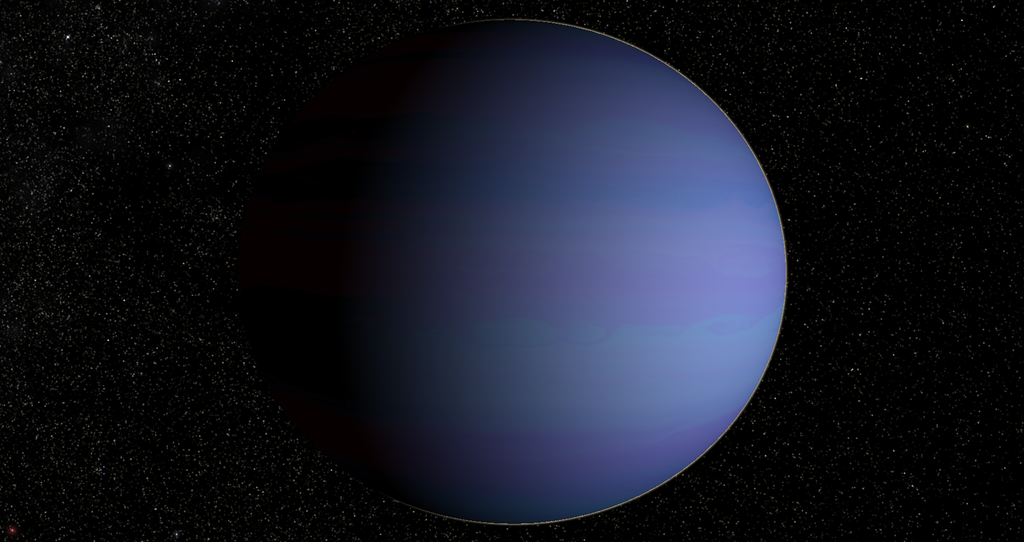The planets that are of most interest to us depend on a number of factors, including their size, mass, distance from their host star, and potential habitability.
Here are ten exoplanets, in no particular order, that have generated interest among scientists and the public:
Proxima Centauri b
– This exoplanet orbits the closest star to our own, Proxima Centauri. It is a rocky planet in the habitable zone of its star, making it a prime candidate for the search for life beyond our solar system.
TRAPPIST-1 planets
– The seven Earth-sized planets orbiting the ultra-cool dwarf star TRAPPIST-1 are all potentially habitable, and have been the subject of much study and speculation since their discovery in 2017.
Kepler-438b
– This rocky exoplanet is similar in size and composition to Earth, and orbits in the habitable zone of its star. It is one of the most Earth-like planets discovered to date.
Kepler-10c
– This is one of the first confirmed rocky exoplanets discovered, and is significantly larger than any rocky planet in our own solar system. It has a mass about 17 times that of Earth and is thought to be a “mega-Earth” or “mini-Neptune.”
WASP-12b
– This exoplanet is a “hot Jupiter,” meaning it is a gas giant that orbits extremely close to its host star. It has generated interest because it is being slowly devoured by its host star.
HD 189733b
– This “hot Jupiter” has a deep blue color, which scientists believe is due to the presence of silicate particles in its atmosphere.
HD 209458b
– This exoplanet was the first to have its atmosphere directly observed, using the transit method. It is also a “hot Jupiter” that orbits very close to its star.
Kepler-22b
– This exoplanet is located in the habitable zone of its star and is about 2.4 times the size of Earth. It is one of the first potentially habitable exoplanets discovered by NASA’s Kepler mission.
51 Pegasi b
– This exoplanet was the first to be discovered orbiting a Sun-like star, and its discovery in 1995 opened up a new field of exoplanet research.
Gliese 581d
– This exoplanet is a potentially habitable “super-Earth” that orbits in the habitable zone of its star. It has generated interest because it may have liquid water on its surface and a thick atmosphere that could protect it from harmful radiation.
It’s worth noting that this is not an exhaustive list, and there are many other exoplanets that are of interest to astronomers and the public alike.

